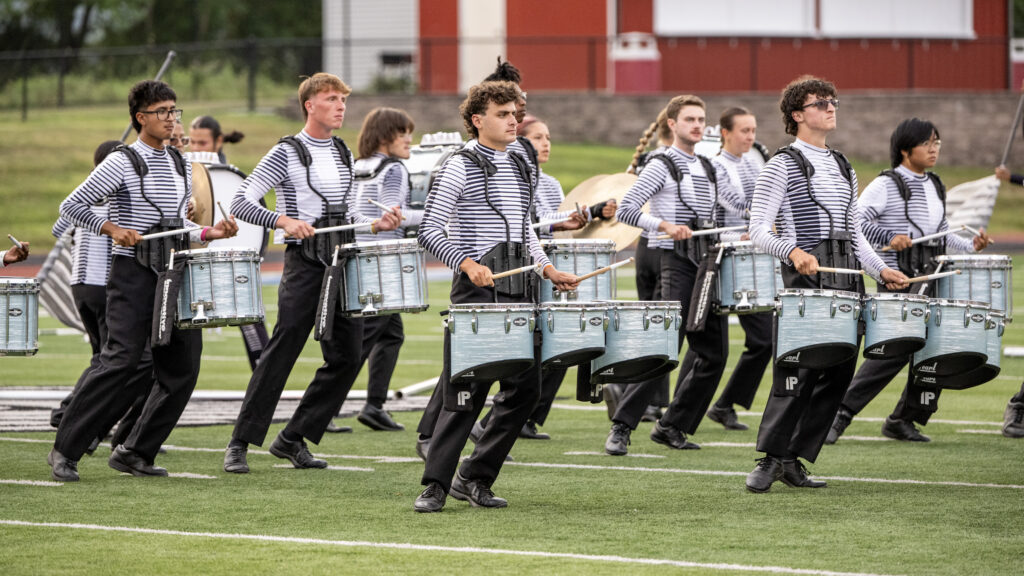
Anyone who’s read any of my columns knows that my relationship with drum corps and its participants is largely a love affair, a moonlit romance of total infatuation. But even the most perfect of relationships is marred by flaws, and my adoration of corps is no different.
I have one pet peeve in drum corps (spelling notwithstanding: it’s C-O-R-P-S, folks, singular and plural, not C-O-R-E or C-O-R-P), and that’s the issue of respecting the efforts of others in the activity.
There are somewhere in the neighborhood of 80 Division I, II and III corps in the United States and dozens more internationally, and in each one of those corps, young adults spend long days in the sun, wind and rain, pushing themselves to be the best they possibly can.
It’s so easy to discount someone’s effort because they don’t score so well or because we dislike with their programming or because we disagree with their playing style or organizational philosophy.
It’s so easy — too easy — to disrespect another group as a whole for any one of a hundred petty reasons. We’ve all heard the derogatory nicknames, the snickers and whispered comments as one corps or another takes the field. But what we too easily forget is that in the wash of uniformity on the field, there are anywhere from 15 to 135 living, breathing, sweating individuals who are out there giving it their all.
Are they all equally talented? No, of course not — this is a learning activity, and if each person had nothing left to learn, if no one ever had to push him or herself, what would be the point?
But the point isn’t where each performer starts, but rather where they end up — and the effort they’ve exerted to get there! As one of my friends is fond of saying, it’s not WHERE you march but rather THAT you march.
The way I see it, drum corps is a huge family. When you get right down to it, the activity of drum and bugle corps is actually a fairly obscure one. The total number of participants, alums and fans — although growing rapidly — can’t hold a candle to the number of, say, baseball fans. We have to continue to support each other if we want this activity to continue to survive and be available for the next generation of participants and fans. And that starts with respecting the fact that even if you’re not especially fond of one corps or another — for whatever reason — there are still a bunch of young people who, in an age of teen-age pregnancy, gang violence and drug addiction, have made the choice to spend their summers on the football fields of America with a horn, stick or flag in their hands, trying to make themselves better performers and better people.
We have to have mutual respect for the fact that regardless of how we do it, we’re still doing it! Some of the lowest-scoring corps in the activity rehearse the most, frequently with worse equipment and under worse conditions that the top-scoring groups. Some of the worst players I know have the most heart, and work the hardest to make themselves better. They’ll never win I & E, but does that mean we should discount their effort? In my humble opinion, no.
It has always been my philosophy that anyone who is out there playing, sweating, living on a bus, sleeping on gym floors, showering in locker rooms, and doing all those things that are part and parcel of marching drum corps, deserves my respect, simply for having the strength of will to survive such a mentally and physically trying experience. It’s an easy idea to lose sight of in the hype surrounding scores, medals and show placements. But in 20 years, when the rings have been boxed away and the score sheets lost, the experience will live on. Remember: it’s not WHERE you march, it’s THAT you march.





